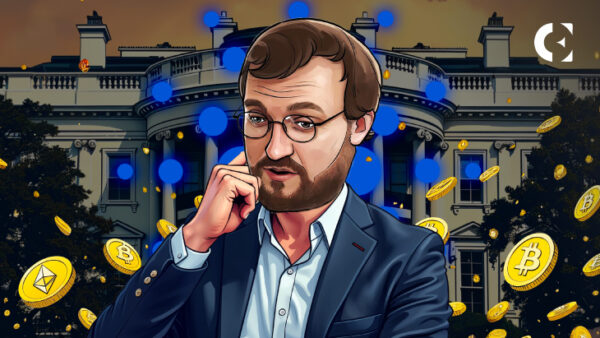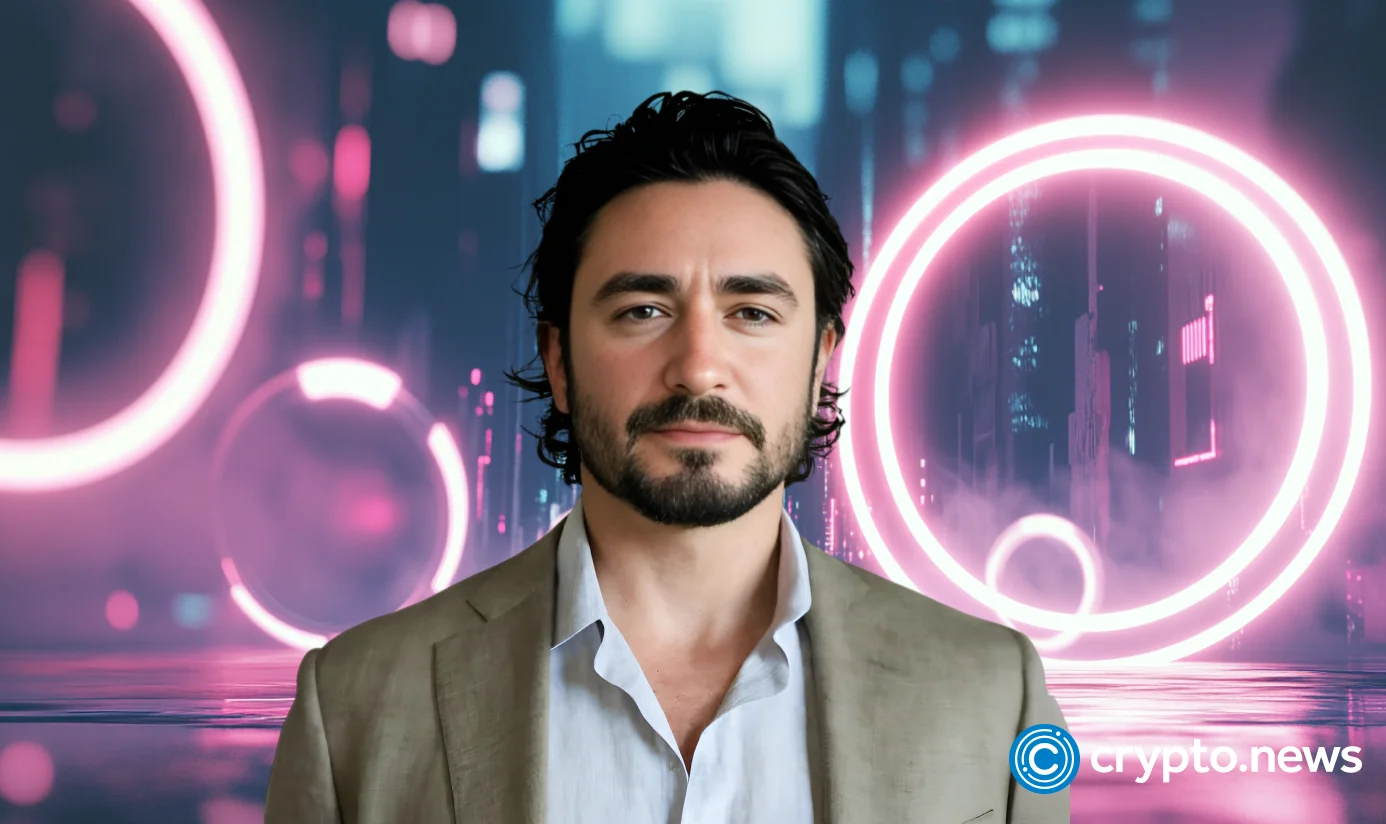Three Reasons Why Pi Network Price Rally Is Over After Rejection at $0.28
The Pi Network PI $0.24 24h volatility: 13.9% Market cap: $2.01 B Vol. 24h: $83.65 M price rally, with 30% upside on the weekly chart, once again got investors’ attention.
However, the major resistance that Pi token faces at $0.28 could spoil the party for the bulls.
However, on-chain indicators point out that the rally seems overheated, and it might be losing steam very soon.
Is Pi Network Price Rally Losing Steam?
Crypto analyst Marzell noted that Pi coin has staged a strong recovery, climbing 87% from its yearly low to reach $0.2795, its highest level since September.
However, Marzell cautioned that despite growing market excitement, technical indicators suggest the rally could be losing momentum. He shared three reasons for a potential consolidation and a pullback in the short term.
Pi Network’s price action. | Source: TradingView
The first reason is that the Pi Network price action suggests a classic “buy the rumor, sell the news” event. Marzell noted that the Fed rate cut was largely priced in, with probabilities exceeding 97% on Polymarket and CME FedWatch tools.
As a result, many traders accumulated Pi ahead of the announcement. Now that the decision is confirmed, profit-taking could lead to a sharp short-term correction.
The second reason the analyst highlights is the overbought technical indicators. Both the relative strength index (RSI) and stochastic oscillator are reaching elevated levels that suggest overheated momentum.
The third reason, as per Marzell, is that Pi Network price continues to face significant structural headwinds.
https://twitter.com/MarzellCrypto/status/1983548886770647463
This includes 1.27 billion tokens set to unlock over the next 12 months, limited exchange listings, sluggish ecosystem growth, and low real-world utility. He cautioned that unless these fundamentals improve, price rallies may be short-lived.
Key Developments in the Pi Ecosystem
On the positive side, there are some key developments happening within the Pi ecosystem as of this date. The Pi Network will proceed with the Protocol 23 upgrade on the mainnet by the end of 2024.
Despite recent misinformation, sentiment within the Pi Network community remains positive.
The team has announced significant progress in its KYC (Know Your Customer) verification rollout, a step that will enable millions of users to verify their identities and fully engage with the network once the mainnet launches.
Also, there have been strong rumors that Pi Network has joined the ISO 20022 group, along with other players like Ripple XRP $2.46 24h volatility: 6.5% Market cap: $147.57 B Vol. 24h: $6.00 B and Stellar XLM $0.30 24h volatility: 7.0% Market cap: $9.51 B Vol. 24h: $322.75 M .
The development represents a significant milestone in aligning the Pi ecosystem with global banking systems and international payment standards.
In a recent development, Pi Network Ventures has announced an investment in OpenMind, an artificial intelligence (AI) firm developing an open-source operating system and protocol that enables robots to think, learn, and collaborate.
nextThe post Three Reasons Why Pi Network Price Rally Is Over After Rejection at $0.28 appeared first on Coinspeaker.
You May Also Like

Hoskinson to Attend Senate Roundtable on Crypto Regulation

Interview | Big tech is training AI on junk data: Intuition
